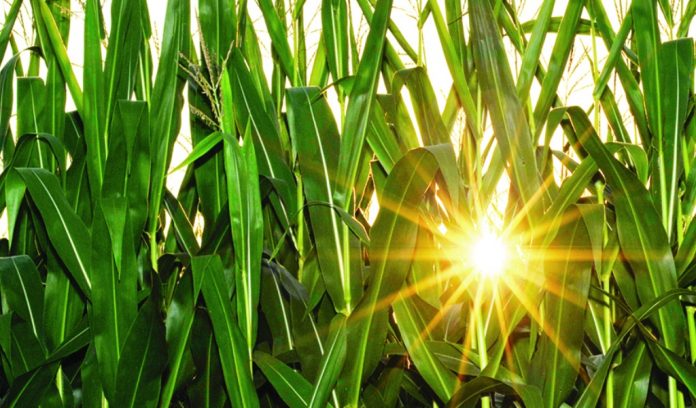Ag Twitter had a big sandbox to play in after the U.S. Department of Agriculture clobbered the agricultural futures markets Aug. 12 with its number-filled Crop Report and World Agricultural Supply and Demand Estimates, or WASDE.
The updated numbers — planted acreage, estimated production and projected usage — hit the market like a hailstorm.
Corn futures snapped under the deluge of unforeseen acres and, honestly, unbelievably good yields.
Corn finished the day down its permissible 25-cents-per-bushel limit.
And, as if to prove 2019 will be the craziest ag year ever, live cattle and feeder cattle futures joined corn to close limit down.
Usually, when the price of feed — corn — falls, cattle prices climb. Not this year; in a rare move, all three took a punch in the face that day.
How rare is a simultaneous corn/fats/feeders limit down move? Extremely; in fact, many Twitter users noted that this was the first time they ever witnessed the bruising trifecta on the same day.
(In 38 years of market watching, it was a first for me, too.)
Other Twitter users took the smash-mouth reports with what little humor they had in reserve after an already physically exhausting, emotionally draining summer.
For example, @mccarty17 suggested USDA send his 2019 trade mitigation payments to his commodity futures broker to cover that day’s trading losses.
“Hi trump please send my mfp payment to my margin clerk. Thx,” he tweeted. Clever, @mccarty17.
Ethanol woes
The bearish USDA reports didn’t start the corn market snowballing south, however, the carbon-loving Trump Administration did that three days earlier.
On late Friday, Aug. 9, the Environmental Protection Agency announced it had granted Big Oil refiners another 31 of 40 “hardship” exemptions to the ethanol-favoring Renewable Fuel Standard, or RFS.
In journalism parlance, releasing unflattering news late Friday afternoon is called “taking out the trash.”
In short, you quietly throw out what’s certain to be taken as rotten news and hope no one smells it.
It never works; someone always catches a whiff. In the case of the ethanol waivers, everyone in corn country noticed and brother, were they angry.
“At a time when ethanol plants in the Heartland are being mothballed and jobs are being lost,” wailed Geoff Cooper, president of the Renewable Fuels Association, “it is unfathomable and utterly reprehensible that the Trump administration would dole out more unwarranted waivers to prosperous petroleum refiners.”
Unfathomable? Utterly reprehensible? Unwarranted? Wow, nothing lights up Big Ag like a politician torching ethanol.
No need to remind Iowa Renewable Fuels Association Executive Director Monte Shaw of that fact.
Two months earlier, Shaw had happily witnessed President Donald Trump “take an ethanol-fueled victory lap” in Council Bluffs, Iowa, when the President announced EPA’s approval of year-around E-15 (15% ethanol-to-gasoline blend) usage.
Sixty-one days later, however, Shaw sounded like a guy trying to reach the knife between his shoulder blades: “With this action, President Trump has destroyed over a billion gallons of biofuel demand and broken his promise to Iowa voters to protect the RFS.”
Soybeans overseas
And all of this arrived on the heels of a report from Beijing that noted a fast rise in the number of Chinese farmers growing soybeans in Mother Russia.
The data contained in the report suggested it’s not a fad but a smart, profitable move for China.
For example, according to the Beijing-based CX Daily, China uses 110 million metric tons (mmt) of soybeans a year but grows only 16 mmt.
Their main supplier, the U.S., sold China just 16.6 mmt last year — about half of the usual amount — due to the tariff war between the former friends.
In Russia, however, Chinese farmers pay about $42.60 per hectare (2.471 acres), or about $17.25 per acre, in land rent, less than one-tenth of what it costs just across the border in China, to expand soybean production.
Yeah, I know what you’re thinking: Is it September yet?














